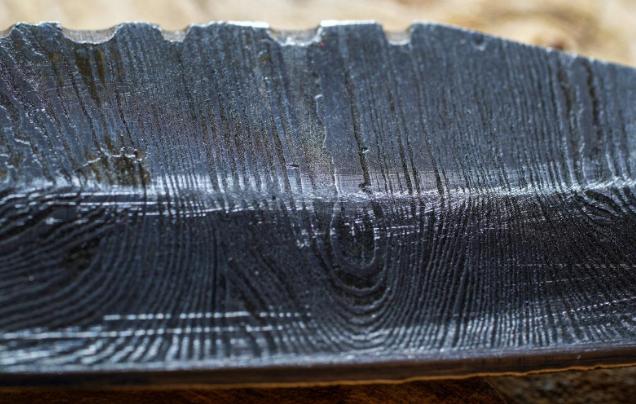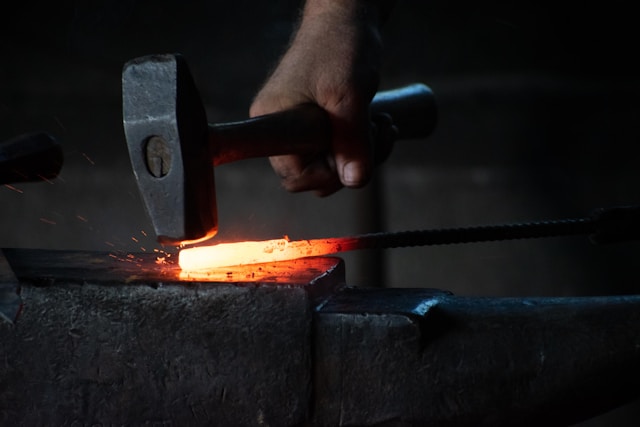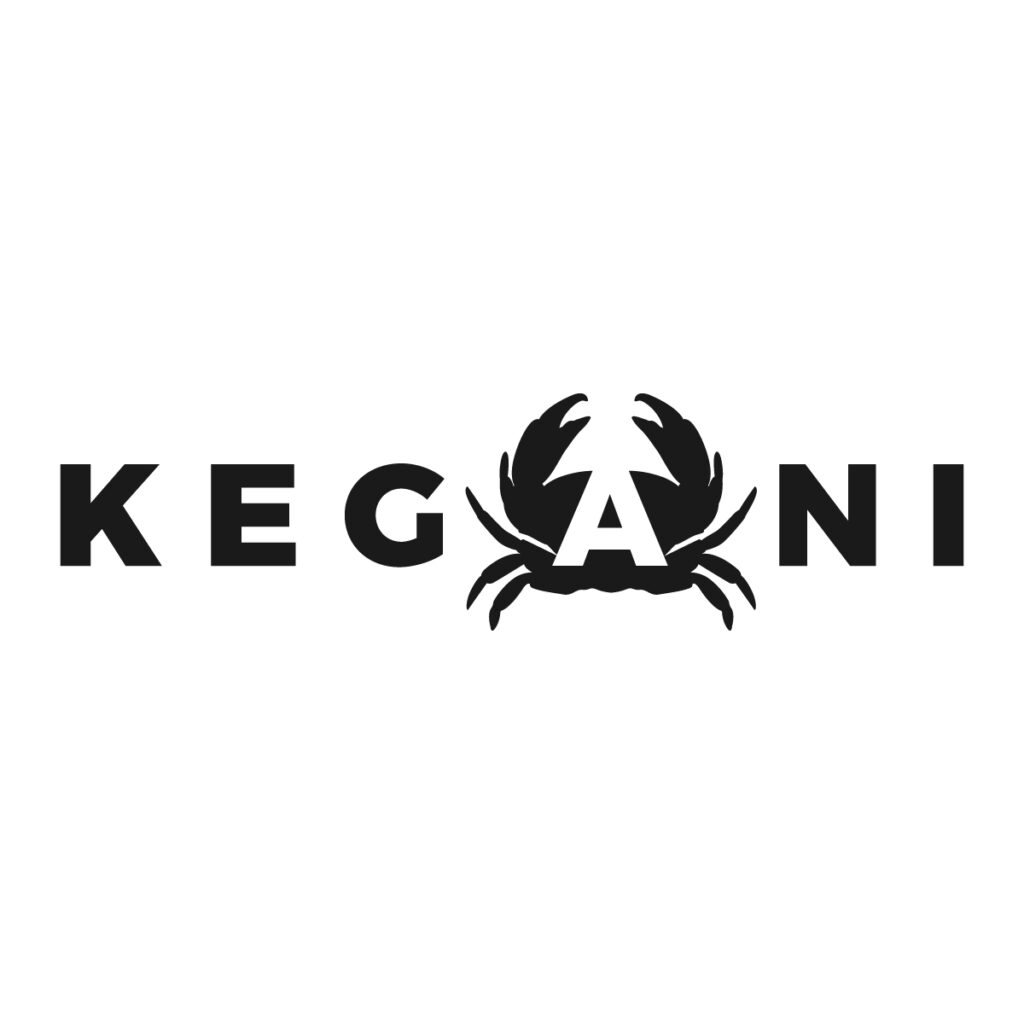Damascus steel knives are admired for their beautiful wavy patterns and long-lasting sharpness, with origins in ancient sword-making. But many fakes exist, so it’s important for buyers and collectors to know how to spot real Damascus steel.
This guide provides simple methods to check if your knife is genuine.
Understanding Damascus Steel
Damascus steel is made by forging layers of steel together, creating unique patterns. This method, historically linked to wootz steel from India and the Middle East, combines beauty and strength.
Modern Damascus is often pattern-welded, showing designs like feathers or ladders. Knowing this helps you identify real Damascus steel, whether you’re buying fixed blade or pocket knives.
Common Methods to Identify Real Damascus Steel
1. Check the Patterns with Visual Inspection

Examine the blade closely: authentic Damascus steel boasts natural, organic patterns that flow seamlessly across the entire surface—spine, tang, and all. These designs, born from forging, vary subtly and never repeat perfectly.
Counterfeits often betray themselves with uniform, mechanical-looking patterns—think laser-etched or stamped rather than hand-crafted.
2. Test the Weight and Edge with Physical Checks
Pick up the knife. Real Damascus, with its dense, multi-layered construction, feels substantial—heavier than typical steel blades. Its edge, too, is a giveaway: authentic Damascus retains sharpness through use, while fakes dull rapidly. Test it lightly on a surface; the difference is stark.
Start Working with a Professional Now
3. Reveal the Truth with a Simple Acid Test
For a definitive check, try the acid test. Sand a small blade section until the pattern vanishes, then apply a mild acid (vinegar or ferric chloride) for 30-60 seconds. Rinse and observe: genuine Damascus reveals its layered structure as patterns re-emerge with uneven darkening, reflecting the steel’s composition. Fake etchings either fade entirely or stay stubbornly uniform.
Caution: Handle acid with care, ideally under expert supervision.
Common Signs of Fake Damascus Steel

Spot Inconsistent or Artificial Patterns
If the patterns seem too perfect, shallow, or confined to just the blade’s face, suspect a fake. Real Damascus steel’s waves are irregular and deep, a product of forging, not superficial treatments like stickers or light etching.
Beware of Suspiciously Low Prices
Crafting authentic Damascus steel demands time, skill, and premium materials—costs reflected in its price. A suspiciously cheap knife often signals shortcuts: plain steel with fake etchings instead of true layered forging.
For bulk buyers, our guide on How to Bulk Purchase Wholesale Pocket Knives offers tips to avoid such traps.
Look for Missing Provenance
Reputable sellers provide transparency—details on steel types, forging techniques, and origins. If your knife comes with vague answers or no documentation, it’s a red flag. Trustworthy sourcing matters, especially when partnering with OEM knife manufacturers.
Why Choose Authentic Damascus Steel from Keganico?

At Keganico, we collaborate with top-tier manufacturers to deliver quality you can trust. Our process, detailed in How Are Kegani Knives Made, ensures every blade meets rigorous standards.
For B2B clients, explore our Top 7 Private Label Knife Manufacturers to see why Keganico stands out.
To sum up
Mastering the art of identifying real Damascus steel safeguards your passion and profits. From visual checks to acid tests, these methods empower you to choose wisely. With Keganico, authenticity is a promise—backed by expertise and quality craftsmanship. Ready to secure the real deal? Get your quote today and elevate your collection or business with confidence.

